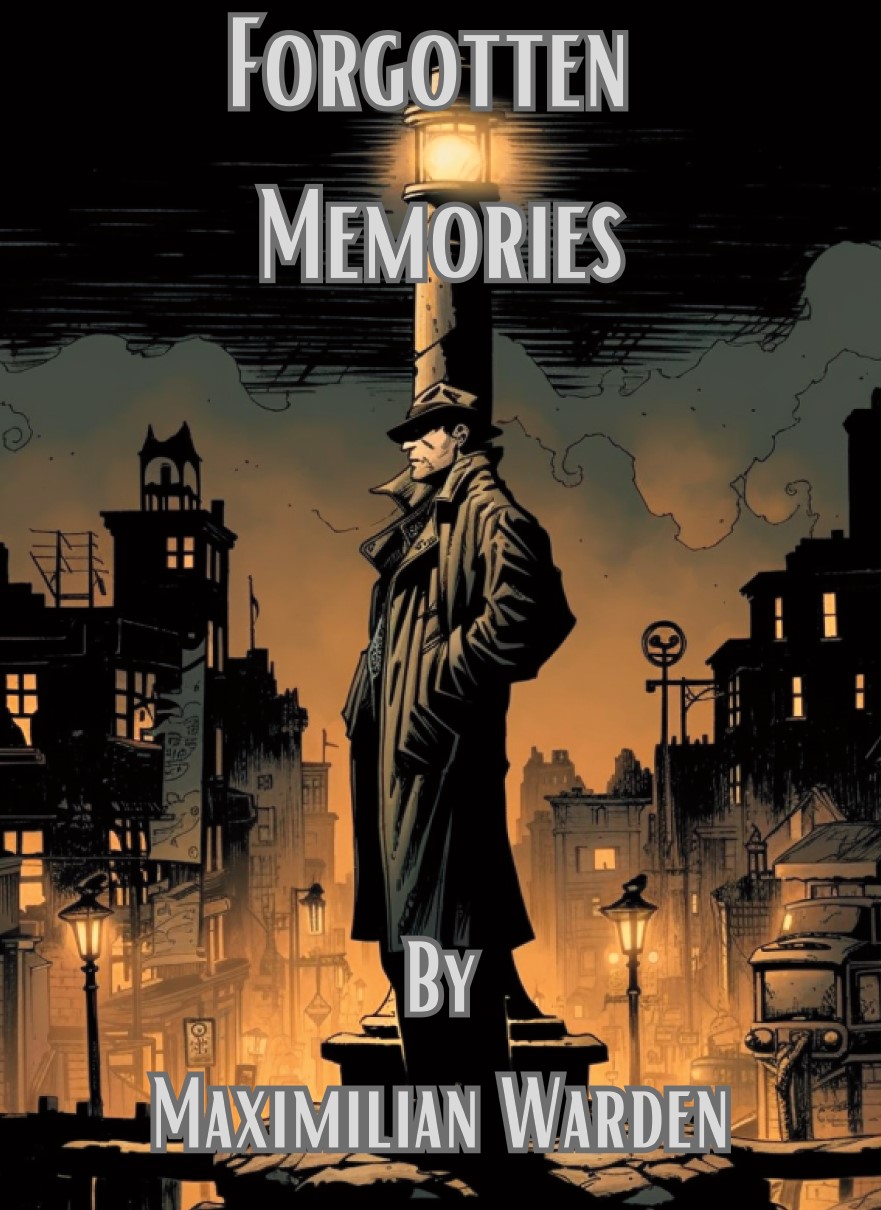
About the Book
A nameless private investigator is hired by a 340-year-old magnate—“the old man”—to recover a stolen mortuae cogitationes (“dead thoughts”) object: a snow globe of the Brooklyn Bridge that anchors one of his outsourced memories. As the PI chases the globe, he peels back the immortality program that keeps the old man alive: a maze of clinics, psychologists, ruined accomplices and resurrected lives that no longer fit their original owners. What begins as a theft spirals into a study of identity, grief, and the price of defeating death—especially once whispers of the old man’s “second face” and a trail of manipulated or murdered bystanders surface.
Main Characters
-
The Old Man
A fabulously wealthy centenarian many times over, sustained by periodic treatments that renew his body while fraying his sense of self. Depends on personal objects—mortuae cogitationes—to retrieve memories and commissions the search for a missing snow globe. Glimpses of a colder “second face” suggest a fractured identity beneath the treatments.
-
The Investigator
The first-person narrator, a newly licensed PI whose case notes, interviews, and moral unease carry the story. He moves from clinic to psychologist to cemetery to docks and bank vaults, assembling a picture of an immortality scheme whose human cost may outweigh its promise.
-
Lisa Trent
An elderly woman who once loved the old man and later married Thomas Gryder. After Thomas’s death, the old man “returned” him changed—memories gone, personality altered—foreshadowing how resurrection in this world may only animate a shell. Lisa’s dossier propels the inquiry to witnesses and ex-staff.
Key Settings
-
The Villa of Objects
A museum-quiet mansion where identity is shelved and bar-coded: rooms crammed with antiques that double as the old man’s externalized memories—minus the one snow globe that’s gone missing.
-
The Glass Clinic
A fortress-hospital of pipes, tubes, and immaculate glass where doctors speak briskly of immortality, nanomachines, and mortuae cogitationes as “anchors” between world and cortex.
-
The Psychologist’s Flat
Modest, intimate, and lined with travel photos; a place where the book’s quiet thesis is voiced: bodies can be renewed, but the soul’s scars remain.
-
The Cemetery & the Grave
Night air, a failing gas lantern, a pried-up stone, and an old wooden box of photos and poems: memory as contraband, exhumed under moonlight.
-
The Chapel on the Hill / The Repossessed House
Devotion eroded by grief and debt: a broken walking stick on an empty altar, then a pastor slumped by a bank sign—faith leveraged into recruitment for the program.
-
Dock 14, the Port Hotel
A dust-breathed rendezvous with former technologists who hint at early morticia experiments and the old man’s fixation on death and memory.
-
The Old Bank & Café
Safety-deposit box No. 8 yields obituaries and a living thread (Lisa Trent); across the street, Mr. Gryder voices the book’s bleak counter-creed: after such “awakening,” truth is a mirage.